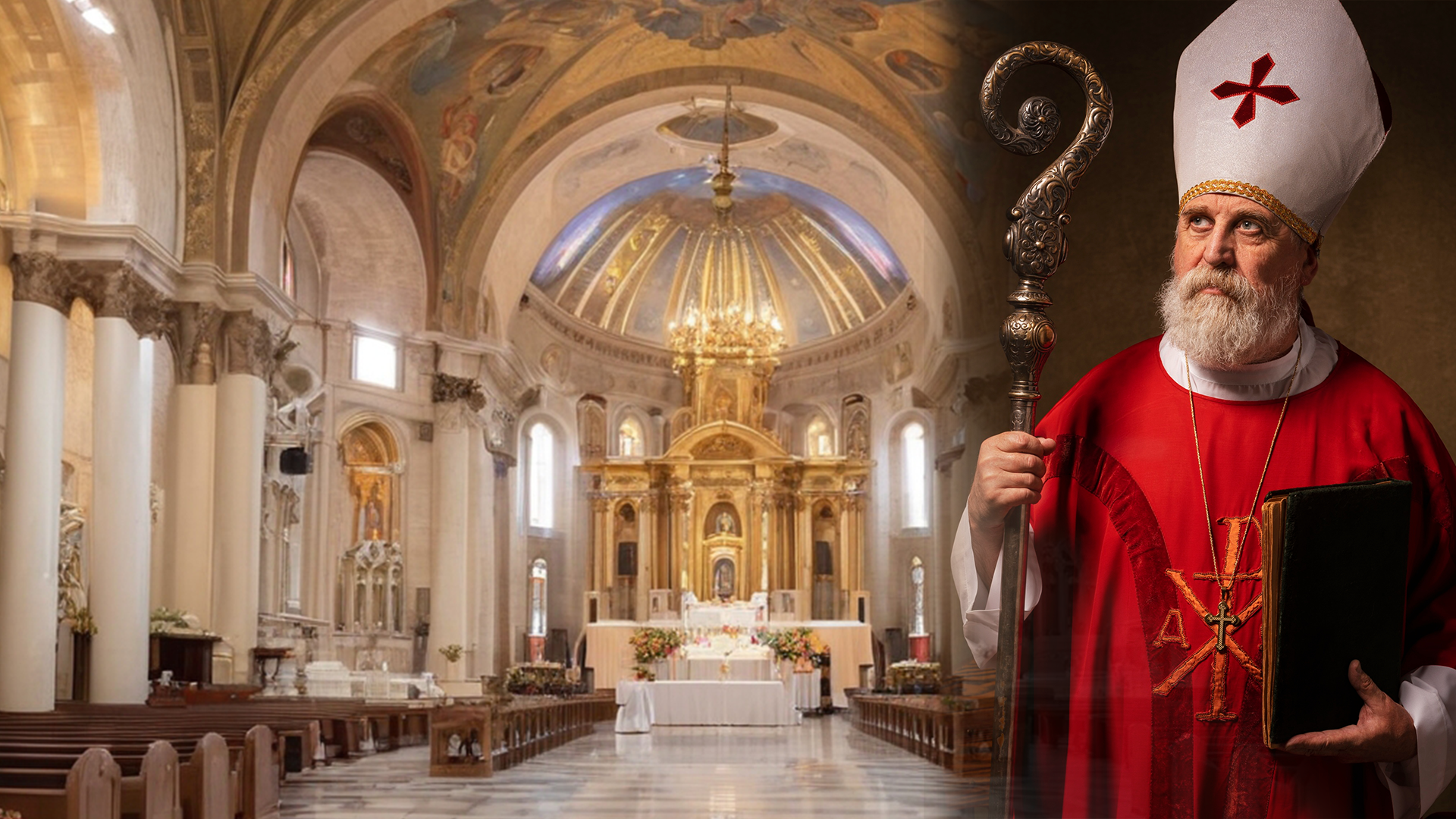Introduction:
The Catholic Church, a venerable institution with a history spanning over two millennia, stands as a beacon of tradition, faith, and continuity. However, the winds of change have blown through its hallowed halls, bringing with them debates and discussions about the delicate balance between preserving doctrinal integrity and adapting to the evolving world. This article embarks on a comprehensive exploration of the historical context, key shifts, and the ongoing tension between progressivism and conservatorship in the Catholic Church.
Historical Context:
The Catholic Church’s journey through time has been marked by periods of both stability and transformation. The mid-20th century ushered in a momentous chapter with the convening of the Second Vatican Council (1962-1965). This ecumenical council aimed to bring the Church into closer alignment with the contemporary world. Advocating for a more open engagement with society, the council initiated a series of reforms that would leave an indelible mark on the Church’s trajectory.
Liturgical Reforms:
Among the most significant outcomes of the Second Vatican Council were the liturgical reforms that sought to make the Mass more accessible and participatory for the laity. The decision to allow the use of vernacular languages in the liturgy marked a departure from the longstanding tradition of Latin Mass. While intended to foster a more inclusive worship experience, this shift encountered resistance from traditionalists who saw it as a departure from the solemnity and universality associated with Latin liturgy.
Ecumenical Dialogue:
The Catholic Church’s embrace of ecumenism, a movement promoting unity among Christian denominations, represents a progressive departure from historical divisions. The Pontifical Council for Promoting Christian Unity has been at the forefront of fostering dialogue with Protestant, Orthodox, and Anglican traditions. This pursuit of common ground and understanding demonstrates a commitment to overcoming historical schisms and embracing a more inclusive vision of Christianity.
Social Justice and Environmental Advocacy:
In recent decades, the Catholic Church has expanded its focus beyond theological matters to address pressing social and environmental concerns. Pope Francis’s encyclical “Laudato Si'” (2015) stands as a testament to the Church’s commitment to environmental stewardship and social justice. The document calls for an ecological conversion and emphasizes the interconnectedness of environmental, social, and economic issues. This broadened engagement reflects a departure from a narrower focus on doctrinal purity.
Challenges to Conservatorship:
While progressivism within the Church has brought about positive changes, it has not been without its share of challenges. Conservative factions within the Church resist certain changes, including discussions surrounding the ordination of women, the acceptance of LGBTQ+ individuals, and debates over the indissolubility of marriage. The Congregation for the Doctrine of the Faith, tasked with safeguarding doctrinal purity, finds itself at the forefront of managing the delicate balance between preserving tradition and responding to changing societal norms.
Challenges to Progressivism:
Conversely, there are concerns that unchecked progressivism may dilute the distinctiveness of Catholic teachings and practices. Traditionalists argue that certain changes, especially those perceived as compromises on moral issues, could undermine the Church’s authority and moral standing. The Congregation for the Doctrine of the Faith faces the challenge of navigating these tensions, ensuring that the Church remains true to its core tenets while addressing the evolving needs of its global congregation.
The Role of Dicasteries:
Central to the Church’s ability to navigate this complex terrain is the role of dicasteries, including the Congregation for the Doctrine of the Faith. These entities, entrusted with specific responsibilities, contribute to the Church’s governance and decision-making processes. The Congregation for the Doctrine of the Faith, in particular, plays a pivotal role in examining doctrinal matters, offering guidance, and addressing theological questions. As debates between progressivism and conservatorship unfold, dicasteries serve as key institutions shaping the Church’s response to contemporary challenges.
Conclusion:
The Catholic Church’s journey through decades of progressivism against conservatorship is a nuanced exploration of its relationship with tradition and adaptation. As the Church grapples with the challenges of a rapidly changing world, finding a delicate balance between continuity and innovation becomes paramount. The ongoing dialogue between the progressive and conservative elements within the Church, guided by the teachings of various dicasteries, shapes its response to contemporary issues.
The tension between holy and wholly Catholic persists, prompting the faithful to contemplate the Church’s role in a dynamic world while preserving the essence of its timeless message. Whether viewed through the lens of liturgy, ecumenism, social justice, or doctrinal purity, the Catholic Church’s ongoing journey raises profound questions about its identity and mission in the 21st century. As the Church continues to navigate the currents of change, it remains to be seen how this delicate dance between tradition and progressivism will define its path forward.

